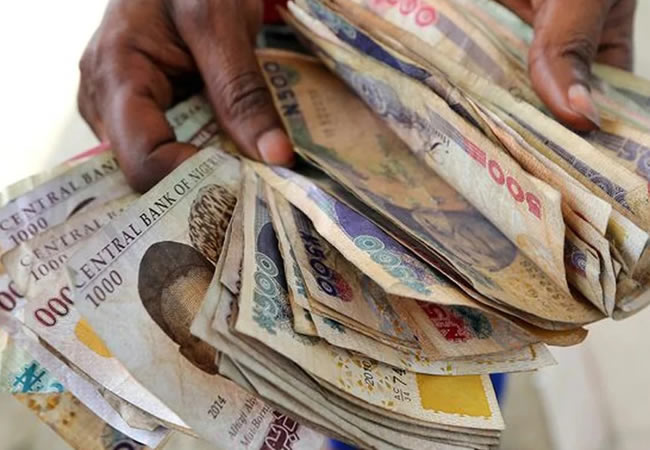Stable liquidity in the financial system has kept money market rates in check, with lower borrowing from the central bank’s lending facility today as interbank rates continued to ease.
Since the central bank lifted its suspension on borrowing from the lending facility in September, it raised its borrowing rate to 31.75%, aligning with recent changes in monetary policy. This adjustment has driven up borrowing costs for banks, and it’s likely that rates for other money market deposits will rise as well.
On Wednesday, short-term interest rates in the money market dropped again, as there wasn’t significant demand for funds. Interest rates in the money market have fluctuated daily, influenced by the overall liquidity position.
According to data from FMDQ, funding rates have decreased following recent inflows from FAAC (the Federation Account Allocation Committee), bond coupon payments, and maturing OMO bills, all of which boosted liquidity in the financial system.
Despite this, overall financial system liquidity ended at a negative ₦837.3 billion last Friday due to substantial borrowings by banks from the central bank. Consequently, the Nigerian Interbank Borrowing Rate (NIBOR) rose across all maturities, reflecting tighter liquidity.
The Open Repo Rate (OPR) and the Overnight Lending Rate (O/N) also dropped by 1.68% and 1.95%, to 24.85% and 25.00%, respectively. These rates had been above 32% last week due to liquidity pressures.
Analysts expect interbank rates to remain steady in the short term, assuming no major changes in liquidity conditions.













